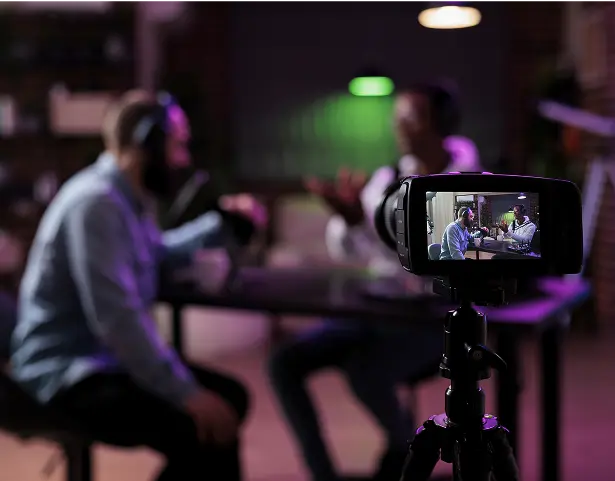
As Travel Daily Media is currently in Singapore for Singapore MICE Forum 2025, we are taking a closer look at the contemporary meetings, incentives, conferences, and exhibitions sector throughout the region.
Indeed, it is no exaggeration to say that MICE is a significant contributor to the tourism industry's revenue stream, and it is also one of the sectors that has generated numerous employment opportunities in the post-pandemic era.
Consider this as proof: research company Mordor Intelligence reported just last month that the Asia-Pacific MICE sector is currently valued at US$212.83 billion as of the end of H1-2025.
Experts point out that, if the sector continues to grow at a CAGR of 9.1 percent per annum, it will be worth US$328.97 billion by the end of the current decade.
This growth is attributed to the greater Asian continent's swift rebound following the pandemic, paired with the more widespread adoption of hybrid event formats, as well as greater corporate travel spending from 2023 to the present.
Within the region, member-nations under ASEAN are rising rapidly as prime movers in the MICE sector, serving as venues as well as organising bodies and service providers.
ASEAN needs to step up its game
At this year's BE in Sabah conference in Kota Kinabalu, Malaysia, Datuk Dr M Gandhi declared: "Asia Pacific is a source of business and inspiration, and sub-regional markets must capitalise on their strategic position."
As such, Gandhi suggested that countries like Brunei, Indonesia, Malaysia, and the Philippines ought to position themselves as gateways to global markets, serving as gathering places for a diverse range of industries as well as special interest organisations.
Admittedly, two of the biggest MICE hubs in APAC are located in Southeast Asia: Singapore and Thailand.
Gandhi, however, advised: "Rather than compete with these established hubs, ASEAN must focus on developing sub-regional strengths to create a more integrated and sustainable business events ecosystem."
Indeed, experts point out that other Southeast Asian nations don't need to reinvent the wheel: countries like Vietnam and the Philippines which are known as leisure destinations can actually cash in on the business+leisure (bleisure) trend and leverage their expertise into building better MICE initiatives and campaigns.
In which case, there is a need for even greater government support when it comes to establishing new or reinforcing existing MICE infrastructure if the region is to hit its full potential as a sectoral powerhouse.
Turbulence ahead
However, even a field as progressive as MICE is not without challenges, especially in an economically turbulent year like 2025.
Indeed, as pointed out at the Thailand Innovative Meetings Exchange (TIME) held in June of this year, geopolitical tensions have led to uncertainty; but uncertainty often serves as a gateway to more innovative solutions.
GeoPol principal Andrew Staples even went so far as to say: "Engage in building competing yet plausible scenarios for your business and sector; ask the 'what if' questions."
Staples encouraged those engaged in MICE to stay flexible in the face of evolving situations, motivated to keep moving forward, and to leverage opportunities within the region.
Rising stars
While Singapore and Bangkok remain the popular choices for MICE, several locations are making themselves felt throughout the region.
Phu Quoc in Vietnam is one, an emergent resort town whose pleasant climate and warm hospitality have drawn in some of the biggest players in both events and hospitality.
Sabah, Malaysia is another as Tourism Malaysia continues to boost the area which is best know for its rich cultural heritage and natural beauty.
The Philippines, of course, has worked up the MICE ladder for decades thanks to its expositions arm CITEM, as well as venues like PhilTrade, SMX, and the recently refurbished Philippine International Convention Centre.
But not all events in the country are being staged in Manila these days; northern provinces like Bulacan and Baguio and southern locales like Cebu and Iloilo are working to rev up their event venues and services in order to draw in global audiences.
How to grow a globally recognised sector
Now that nations have identified the locations where MICE can flourish, how exactly do they begin building up the sector?
As stated above, government support is key:
- Incentives in the form of funding or training support should be offered to companies specialising in MICE;
- Proper accreditation of such companies is also necessary as these help establish legitimacy and reliability;
- Infrastructure for events calls for public-private partnerships; and
- Relevant government agencies need to involve MICE companies in planning and presenting tourism promotion campaigns both locally and overseas.
Sustainability is another factor to take into consideration, as greener events are beneficial to the environment as well as companies who have made eco-friendliness part and parcel of their work ethos.
Finally, staying abreast of trends related to the sector ensures that countries are clued in and able to formulate their own unique approaches.
Indeed, where MICE is concerned, Southeast Asia is certainly playing at and winning the game.




















